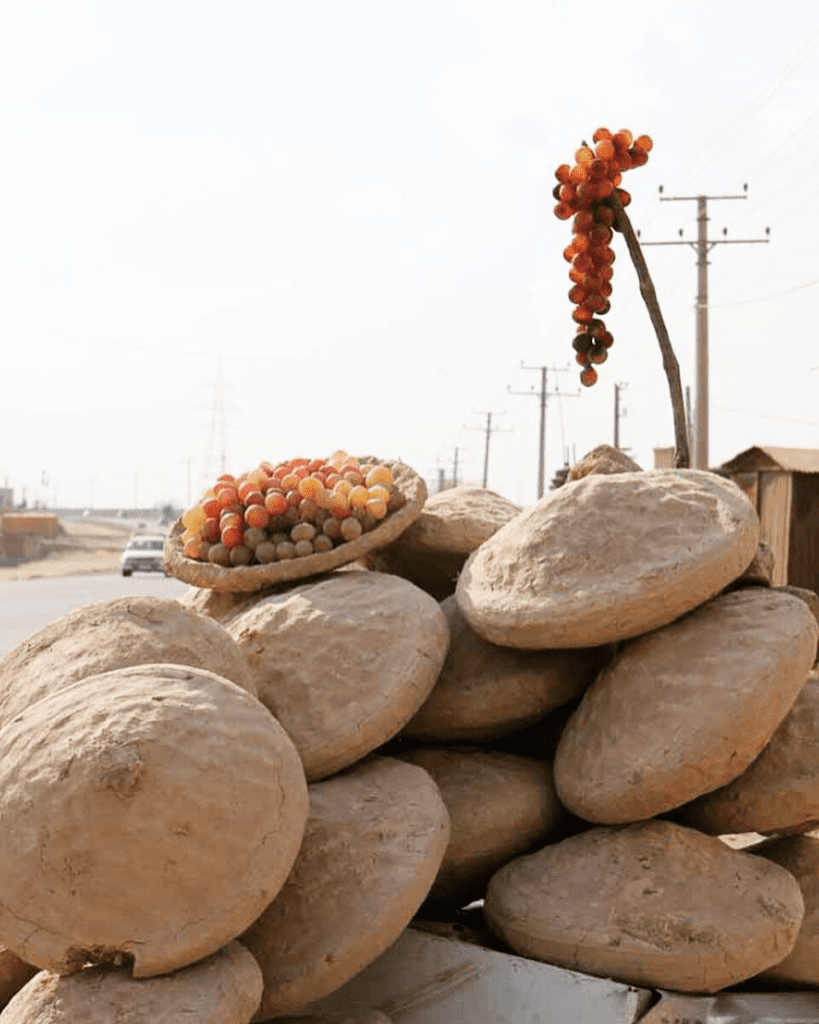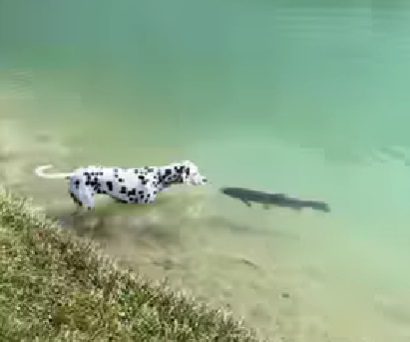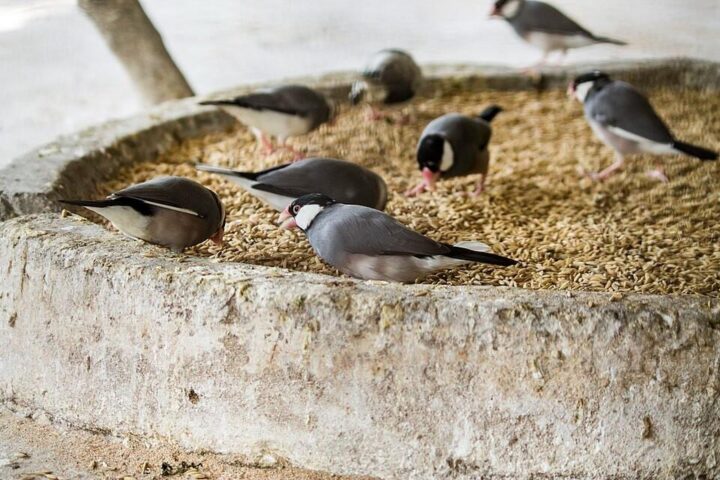The current range of the Balkan lynx (Lynx lynx balkanicus) largely corresponds with the line of the Balkan Green Belt which runs between Albania and North Macedonia as well as between Albania, Montenegro and Kosovo. Here, as part of the “Balkan Lynx Recovery Programme ” (BLRP) the aim is to support “the long-term existence of a sustainable Balkan lynx population in its historical distribution range in harmony with and supported by local communities”.
It is believed that in North Macedonia there are from 35 to 40 remaining Balkan lynx, mostly found in Mavrovo National Park. This cat is considered to be the largest cat in the Balkans. It has been sighted in 2011 and 2012 in the northern mountainous region of Albania and within the boundaries of the Shebenik-Jabllanice National Park. The lynx is classified as Critically Endangered in Albania and has been protected since 1969 but, despite this, illegal poaching and habitat destruction threatens the remaining Balkan lynx populations in both Albania and North Macedonia. The Balkan lynx has been on the brink of extinction for nearly a century, with total numbers estimated to be fewer than 50.
Low population size, habitat degradation, and poaching have the most serious threats to the species. Poaching affects the Balkan lynxes both directly and indirectly. Hunters that hunt the small wildlife indirectly harm the Balkan lynxes by restricting their source of food, such as roe deer, chamois, and hares. Because they have such low population density, it is difficult for mature adults to mate with each other. The population is separated into two different sub-populations in Albania and North Macedonia, further hindering the mating process, although both populations were confirmed to be stabilized by the Balkan Lynx Recovery Programme.
Various conservation programmes have been implemented to protect the species from going extinct. The Balkan Lynx Recovery Program (BLRP) is a partnership project implemented in the Western Balkans (Albania, Northern Macedonia and Kosovo) since 2006 sponsored by the Swiss-based MAVA Foundation, the goals of the program is to survey and monitor the lynx population, gathering data of their distribution, population tendencies, habitation, develop Conservation Strategy and National Action Plans across the range of the Balkan lynx, lobby for the Balkan lynx in protected areas in the European Green Belt, and build professional partnerships with relevant stakeholders in nature protection. As a direct result of the rediscovery of the Balkan lynx, Albania has designated two brand new nature reserves spanning 3% of the nation’s territory: Shebenik-Jabllanica National Park in 2008 and Korab-Koritnik Nature Park in 2011.
The Balkan Lynx Recovery Program has already distributed Micro-grants worth 100,000 Euro to the local communities in Albania and Macedonia as an incentive to preserve and engage in traditional rural livelihoods. The money is used to encourage the sustainable use of forests, collection of medicinal plants, traditional beekeeping and agriculture, breeding guard dogs, promotion of eco-tourism etc. All these mini-projects allow locals to maintain their nature-friendly lifestyle by provide them an extra source of income.


















